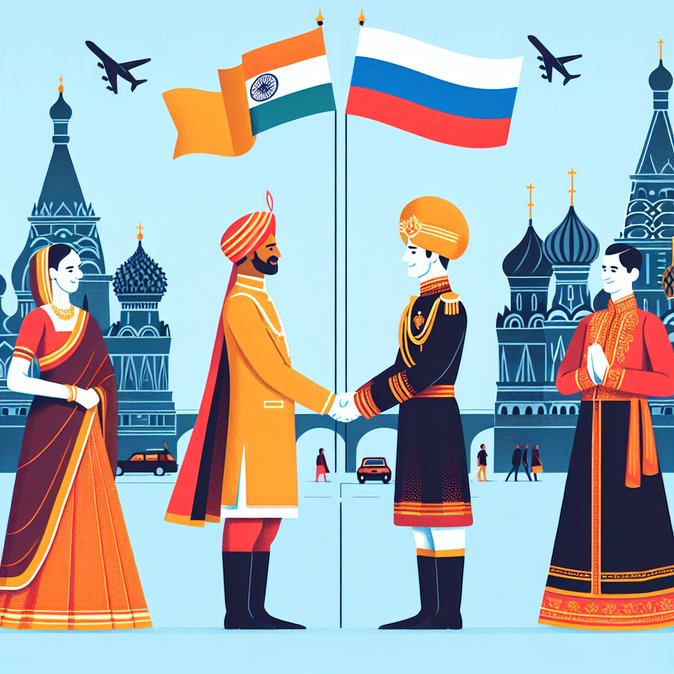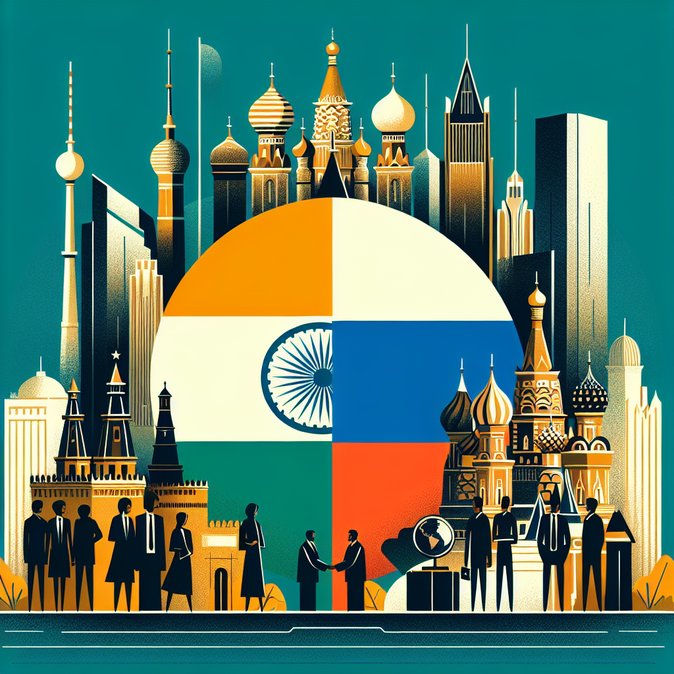
India and Russia have moved a step closer to creating a visa-free travel corridor for organised tourist groups, Indian officials confirmed on 27 November. The scheme, modeled on Russia’s existing agreements with China and Iran, would allow groups of five to 50 travellers, accompanied by a licensed tour operator, to enter the other country for up to 21 days without securing individual tourist visas. Negotiators from India’s Ministry of Home Affairs and Russia’s Federal Agency for Tourism wrapped up a second round of technical talks this week, agreeing on draft protocols covering security vetting, registration of tour operators and data-sharing mechanisms.
Background discussions began in mid-2024 but accelerated after Prime Minister Narendra Modi and President Vladimir Putin met on the G20 sidelines in October, where they identified tourism as an under-leveraged pillar of bilateral ties. Only about 60,000 Russians visited India in 2024 and fewer than 30,000 Indians travelled to Russia—figures far below pre-pandemic forecasts. Officials believe a simplified group regime could double traffic within two years, particularly for Goa-bound charter tourists and Indian travellers drawn to St Petersburg’s new Ayurveda circuit.
![India-Russia weigh visa-free group travel corridor to spur tourism]()
For corporate mobility managers the proposal is noteworthy because it signals India’s willingness to experiment with differentiated visa classes after years of a one-size-fits-all e-Visa approach. While the draft is currently limited to leisure groups, Russian negotiators have floated a second phase that could cover MICE (meetings, incentives, conferences and exhibitions) traffic; Indian chambers of commerce are lobbying for that expansion to ease executive travel for the energy and defence sectors.
Practical next steps: once texts are initialled, both governments will need cabinet approval followed by an exchange of diplomatic notes. Industry insiders expect a pilot launch before the 2026 summer holiday season. Companies sending incentive groups should start vetting Russia-based tour partners who will hold primary responsibility for travellers’ compliance under the proposed rules.
Background discussions began in mid-2024 but accelerated after Prime Minister Narendra Modi and President Vladimir Putin met on the G20 sidelines in October, where they identified tourism as an under-leveraged pillar of bilateral ties. Only about 60,000 Russians visited India in 2024 and fewer than 30,000 Indians travelled to Russia—figures far below pre-pandemic forecasts. Officials believe a simplified group regime could double traffic within two years, particularly for Goa-bound charter tourists and Indian travellers drawn to St Petersburg’s new Ayurveda circuit.

For corporate mobility managers the proposal is noteworthy because it signals India’s willingness to experiment with differentiated visa classes after years of a one-size-fits-all e-Visa approach. While the draft is currently limited to leisure groups, Russian negotiators have floated a second phase that could cover MICE (meetings, incentives, conferences and exhibitions) traffic; Indian chambers of commerce are lobbying for that expansion to ease executive travel for the energy and defence sectors.
Practical next steps: once texts are initialled, both governments will need cabinet approval followed by an exchange of diplomatic notes. Industry insiders expect a pilot launch before the 2026 summer holiday season. Companies sending incentive groups should start vetting Russia-based tour partners who will hold primary responsibility for travellers’ compliance under the proposed rules.









